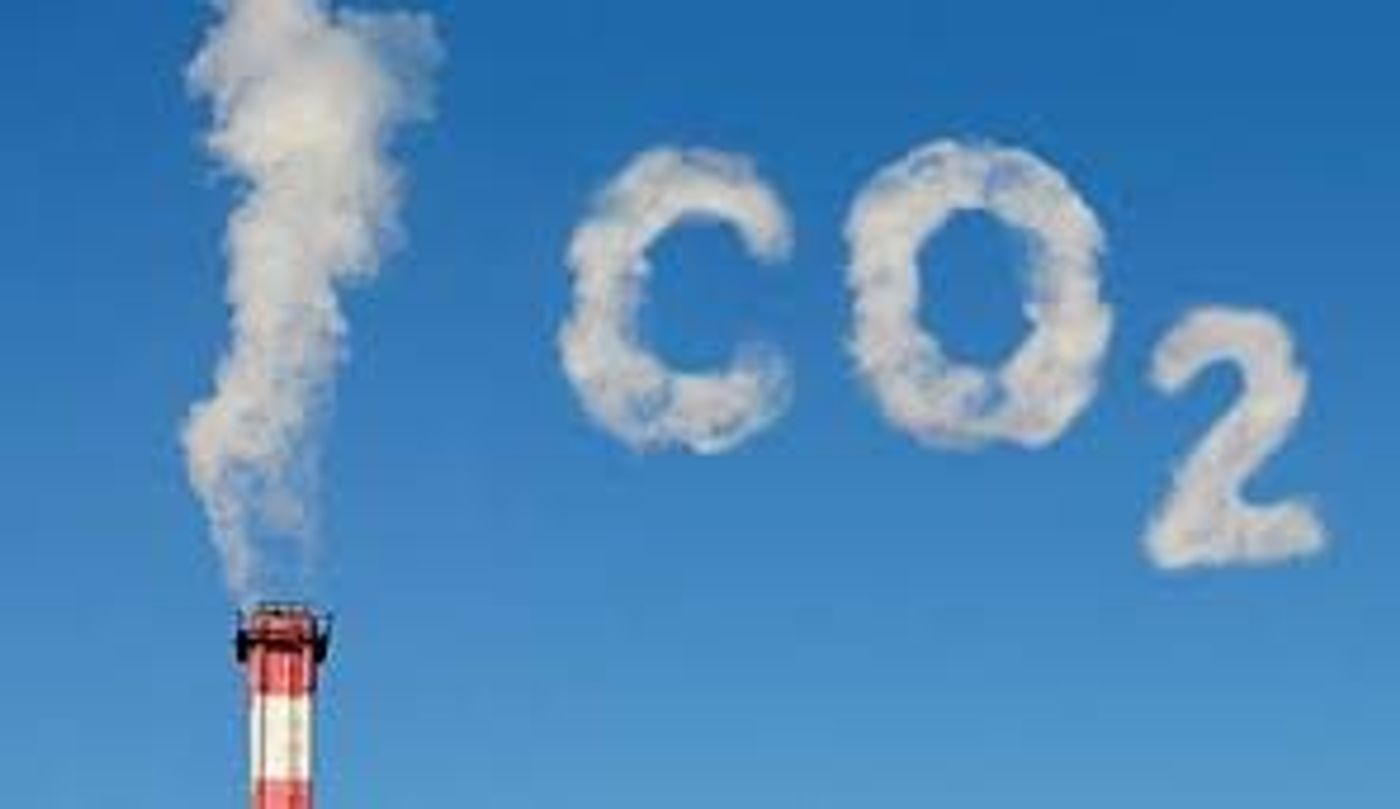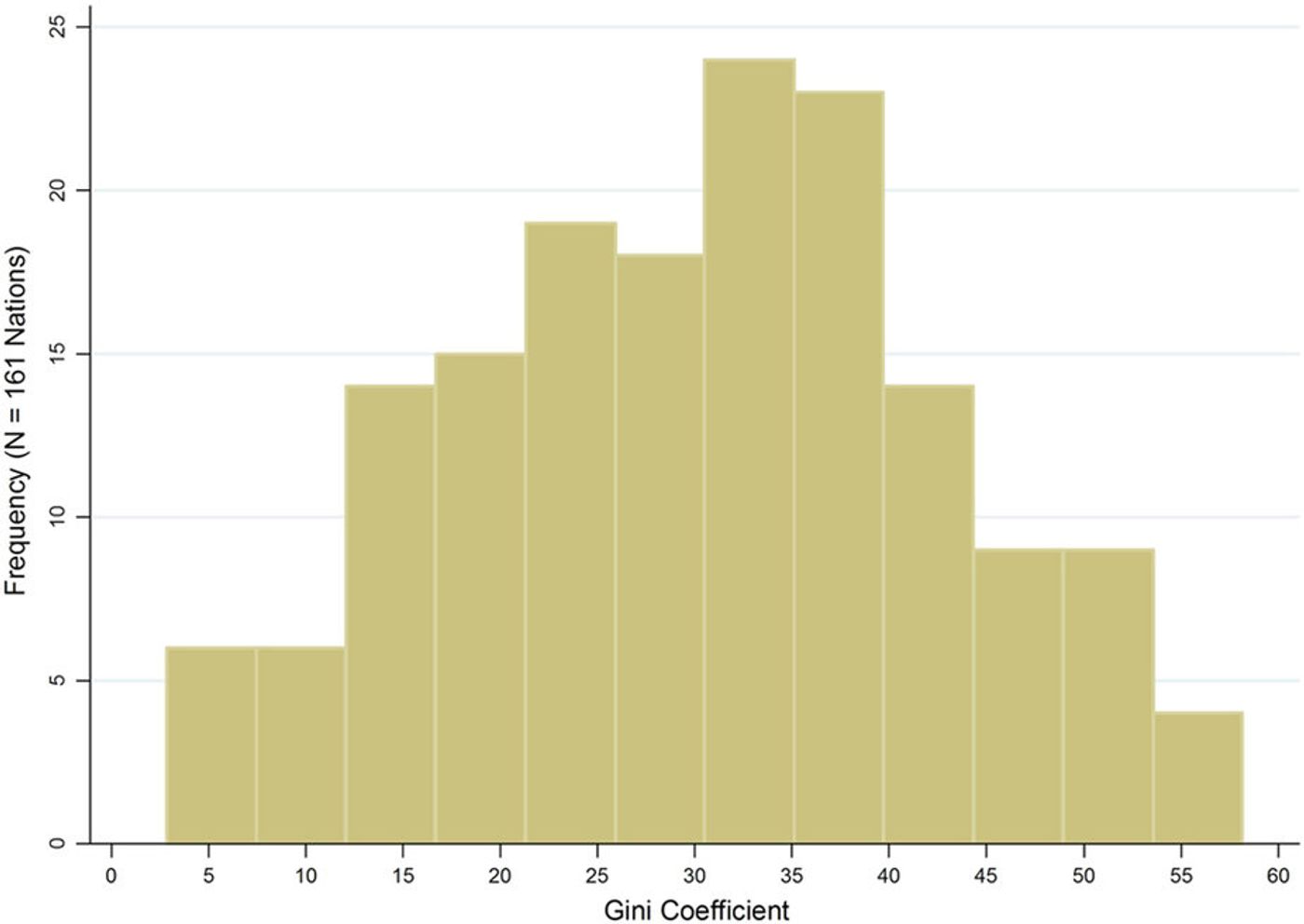A
new study in the journal Scientific Reports looks at the dilemma of disproportionality in power plants’ carbon emissions worldwide. Disproportionality is the phenomenon that certain power plants produce a larger portion of a country’s total electricity-based emissions than others.

Photo: www.pakistantoday.com.pk
Andrew Jorgenson, Wesley Longhofer, and Don Grant, the coauthors of the study, decided to focus their research on the electricity generating sector, since it makes up such a large proportion of carbon emissions globally. They drew on a database of nearly 20,000 fossil fuel-burning power plants — relying on coal, gas or liquid fossil fuels — in 161 nations around the world. Using information on each plant’s carbon output, they estimated the degree of disproportionality in power plant emissions on a national level. In simpler terms this means that the study’s results was more based on determining the differences between carbon emissions outputs in country than actually determining which power plants have the highest or lowest emissions. A country would have a higher disproportionality if it had some power plants with high outputs and some with low outputs, than if it had power plants with all relatively equal outputs.

A histogram for the estimated disproportionality Gini coefficients for the 161 nations in the study. Diagram: Nature
“Disproportionality is thinking about how much inequality there is in responsibility across different facilities in terms of how much they’re contributing to overall pollution levels,” said Andrew Jorgenson, a sociologist at Boston College and the study’s lead author. “So the more uneven the responsibility is across facilities, the more disproportionality there is.”
The recent results suggest that greater degrees of disproportionality in power plant emissions may be associated with greater overall amounts of national carbon emissions. And it also suggests that slashing emissions from the plants that produce the most emissions — instead of trying to cut emissions from all plants evenly across the board — may be an effective alternative way to approach climate mitigation.
“The suggestion that comes from these results is that instead of targeting all power plants in a country, one could get big reductions with relatively less cost by targeting the most inefficient plants,” he told The Washington Post by email. “The same line of analysis suggests that one could look carefully at the plants that are doing very well and learn lessons from them to apply to other plants and new plants. That is, one could learn why some plants do a really good job and some do a bad job.”
The following video gives a brief example of how a coal power plant functions.
Sources:
The Washington Post,
Nature










